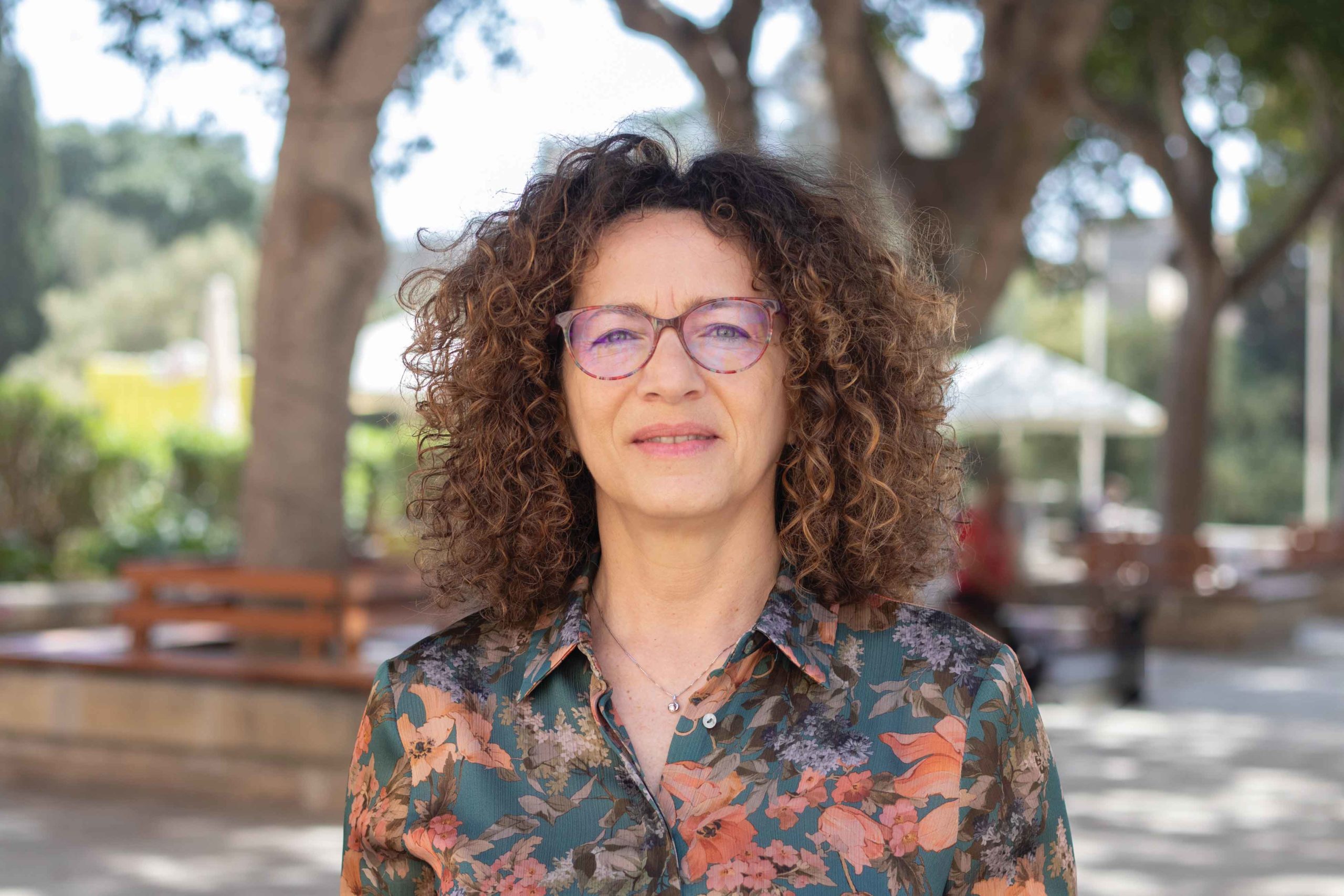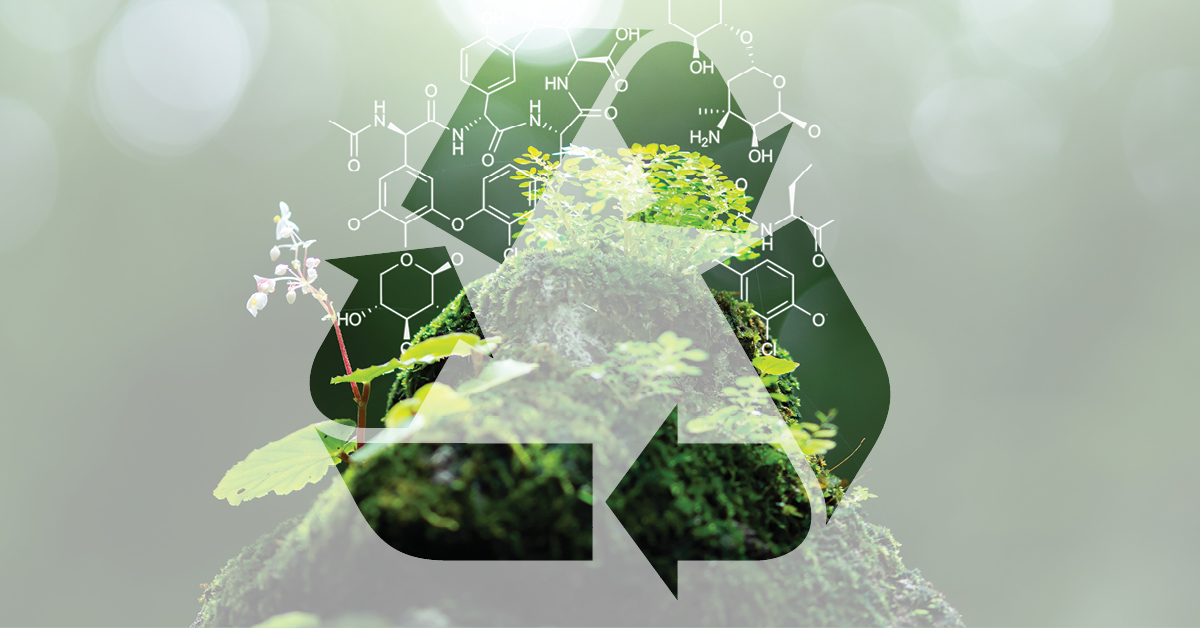Can big pharma be sustainable? Prof. Giovanna Bosica and her team are trying to find out. This is no easy task, but step by step, they are reimagining what the field could look like.
The pharmaceutical industry has gotten itself a bad reputation. Through mass waste generation, toxic chemical use, and natural resource exploitation, large-scale chemical production is notorious for leaving a hefty mark on the environment. Until now, the industry has been pretty much unregulated, but growing pressure is forcing the field to clean up its act. It might be long overdue, but chemistry is finally getting a new look.
Figuring out how to make this industry environmentally friendly is no simple task. Many production lines were originally designed with no consideration of their environmental impact, and changing them is expensive. Similarly, a lot of reactions were developed at a time where scientists were simply unaware of how toxic a chemical can be. All of this means that the chemical industry needs a complete environmental makeover, which is where researchers like Prof. Giovanna Bosica (Faculty of Science, University of Malta) come in. Reaction by reaction, Bosica and her team are reimagining what their field could look like. ‘It’s a new philosophy,’ she explains, ‘This kind of chemistry is the future’.
At the core of green chemistry is sustainability: the idea that we should meet the needs of the current generation without compromising those of future generations.
Bosica’s research is part of a growing movement called ‘green chemistry’ which has emerged over the last 25 years. At the core of green chemistry is sustainability: the idea that we should meet the needs of the current generation without compromising those of future generations. When Bosica and her team design experiments, they don’t only consider efficiency but also the environmental consequences of the processes involved. Bosica sees the movement as a kind of gradual revolution. ‘It’s about changing mindsets,’ she says, ‘and mindsets change slowly.’

How does it work?
We can think of Bosica’s work as a kind of chemical renovation business. With her team, she researches chemical reactions which have been performed in the same way for decades and gives them an upgrade for the modern world. Once they have figured out how to give the process an overhaul, the researchers collaborate with pharmaceutical companies and other academics to pass on the knowledge. The ultimate aim is that various industries will take on these cleaner, greener approaches and that everyone will benefit. Some companies, such as Monsanto, DuPont, and Pfizer have already begun implementing green chemistry principles.
The potential of the research is far reaching and has many applications, but the work always begins with a researcher in a lab. With each new experiment, the team learns more about how techniques can be improved. But where do you start if you want to renovate a chemical reaction?
In many ways, chemistry is like cooking. There are the ingredients that you start off with, some more toxic than others, then there are the waste products, and ultimately, the final dish. Green chemistry uses a set of principles to make the recipe as safe and efficient as possible while also trying to maximise the portion sizes that you get from those ingredients. The key difference is that you probably shouldn’t ingest anything you find lying around in the lab fridge, and also that people get angry if you have a glass of wine while you work.
Reduce, Reuse, Recycle
One of Bosica’s main priorities is reducing the amount of waste that a chemical reaction generates. To do this, she looks closely at the process and sees if it can be done in fewer steps. In the same way that a ‘one-pot’ recipe saves you from cooking each ingredient separately, a one-pot chemical reaction allows you to complete more steps of the process in one go. ‘If you’re just one scientist in a research lab, the difference might seem small,’ says Bosica, ‘but to a pharmaceutical company performing these reactions on a massive scale, cutting out steps can save a lot of waste.’
The technical term for one-pot chemistry is a multicomponent reaction, and this strategy is a key focus of Bosica’s research. The team tries to use ‘ingredients’ that are safe and readily available and keep the processes simple. If a process has a high ‘atom economy’, which essentially means that most of the ingredients end up in the final dish, that’s another sign that you’ve designed an eco-friendly reaction.
Another thing you can do is make sure you’re using recyclable utensils. Chemicals often make use of catalysts, molecular tools which help to speed up your cooking, or reaction. Currently many industries use something called a homogeneous catalyst. These are often toxic and only work for one reaction — a bit like using a new knife every time you cut vegetables. Part of Bosica’s work is to investigate catalysts which work well but can be used repeatedly, saving huge amounts of waste as well as the disposal cost of the chemical equivalent of many large knives. The task is not simple, because the catalyst has to be highly productive and cost-effective if pharmaceutical companies are to be persuaded to adopt the process.
How can green chemistry research create change?
By combining these principles, Bosica and her team are gradually bringing reduce, reuse, and recycle to the lab. They work on chemical processes which have a huge range of potential applications, and Bosica hopes that through industrial collaborations she can begin to see her work in action, transforming the chemistry that we use in our day-to-day lives.
Some of these potential applications are already in the works. Recently, Bosica sent a selection of chemical products to a biology lab, where they will be tested on human cells to see if they can stop cancerous tumours. If the products are effective and can be used cost-effectively, there is the potential to develop ecologically friendly drugs from this research.
The field of green chemistry is still small, though it is growing. In 2019 Bosica attended the first ever conference in China. Though change is slow, she is optimistic and has found that the pharmaceutical companies she approaches are open to the idea. She has managed to secure funding for various projects, though she notes that ‘with more resources one can always do more’.
The work of Bosica and other green chemists is paving the way for future scientists to change how we live. The importance of this cannot be underestimated. In the words of Nobel Laureate Professor Ryoji Noyori, ‘”Green Chemistry” is not just a mere catch phrase; it is the key to the survival of humanity.’
Further Reading
Information About the Green Chemistry Challenge | US EPA. US EPA. Retrieved 2 June 2021, from https://www.epa.gov/greenchemistry/information-about-green-chemistry-challenge





Comments are closed for this article!